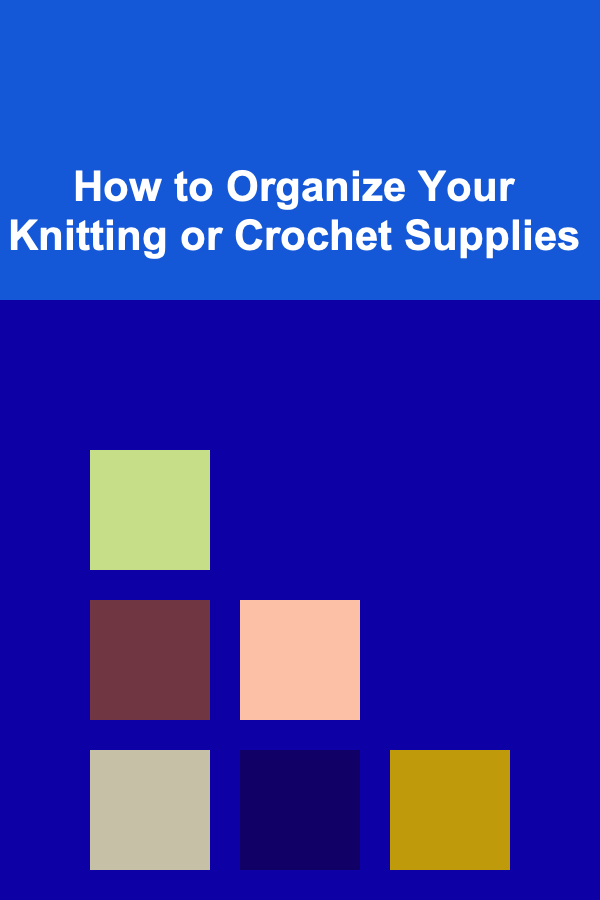
10 Tips for Effective Court Communication as a Tennis Coach
ebook include PDF & Audio bundle (Micro Guide)
$12.99$7.99
Limited Time Offer! Order within the next:

Effective communication is a critical skill for any tennis coach. It's not just about giving instructions; it's about building trust, understanding individual players, and adapting your communication style to suit different situations. Whether you're working with beginners or advanced players, your ability to communicate clearly and effectively will determine your success as a coach and the growth of your players.
In this article, we'll explore ten essential tips that can help you improve your court communication and ensure that your players receive the guidance they need to excel.
Use Clear and Concise Language
One of the most important aspects of court communication is clarity. When giving instructions, especially in a fast-paced environment like a tennis match, your words must be direct, easy to understand, and to the point. Avoid over-explaining or using technical jargon that could confuse your players.
For example, instead of saying, "I want you to position yourself in a way that maximizes your ability to move quickly toward the ball," try something simpler like, "Stay low and ready to move quickly to your forehand side."
Why it matters:
- Clear instructions lead to faster player adjustments.
- Reduces confusion during practice and matches.
- Increases player confidence, as they know exactly what to do.
Be Positive and Encouraging
Positive reinforcement is a powerful communication tool. Tennis can be a mentally demanding sport, and players need constant encouragement to stay motivated, especially when things aren't going well. Rather than focusing only on what needs improvement, make sure to praise your players when they perform well.
For example, instead of only pointing out a missed shot, also highlight their effort and progress: "Great footwork on that last point! Keep it up, and that forehand will be even stronger next time."
Why it matters:
- Encouragement boosts player morale and confidence.
- Positive reinforcement creates a supportive learning environment.
- Builds trust between you and your players.
Adapt Your Communication to the Player's Level
Every player has a different level of understanding, experience, and skill. As a coach, you need to adjust how you communicate with them based on their capabilities. For beginners, use simple language and visual cues. For advanced players, incorporate more technical terms and in-depth strategies.
For example:
- For a beginner: "Keep your eye on the ball and focus on swinging with both arms."
- For an advanced player: "Let's work on generating more topspin with your wrist snap and racket head speed."
Why it matters:
- Helps players grasp concepts faster.
- Keeps players engaged and not overwhelmed.
- Builds better relationships by meeting their individual needs.
Use Visual and Demonstrative Cues
Sometimes words aren't enough to convey your message. When possible, demonstrate what you want your players to do. A visual cue allows your players to better understand the movement or skill you're teaching.
If you're coaching a backhand, show the proper technique by performing it yourself or having a more experienced player demonstrate. Visual learners benefit significantly from this method, making it easier for them to replicate the technique.
Why it matters:
- Demonstrations simplify complex ideas and techniques.
- Players can visually learn movements that might be difficult to explain in words.
- Helps in providing immediate feedback.
Establish a Positive Tone in Your Voice
Your tone of voice is just as important as what you say. A calm, friendly, and reassuring tone creates an environment where players feel comfortable making mistakes and asking questions. If you're shouting or sounding frustrated, it can cause players to feel anxious, leading to poor performance.
Keep your voice even and upbeat, even when offering correction. If a player makes a mistake, use a tone that suggests it's an opportunity for learning, not criticism.
Why it matters:
- A calm tone fosters a comfortable learning environment.
- Helps players feel less nervous and more receptive to feedback.
- Sets the tone for a constructive practice atmosphere.
Ask Questions to Encourage Thinking
Instead of simply telling players what to do, ask questions that encourage them to think about their own performance. This method promotes self-awareness and helps players become more independent in solving problems on the court.
For example, ask, "What do you think went wrong with that serve?" or "How did you feel about your positioning during that rally?" This approach helps players reflect on their technique and make adjustments based on their observations.
Why it matters:
- Encourages critical thinking and self-reflection.
- Builds problem-solving skills.
- Helps players take responsibility for their performance.
Be Consistent with Your Instructions
Consistency is key when it comes to communication. Players thrive when they know what to expect from you. If you give conflicting instructions, it can confuse your players and slow their progress. Stick to a set of guidelines or strategies that you want your players to focus on during a specific practice session.
For instance, if you're working on footwork, consistently remind your players to use the same steps or movements throughout the session. This reinforces the technique and ensures they don't get distracted by competing ideas.
Why it matters:
- Prevents confusion and mixed signals.
- Helps players build muscle memory and improve consistency.
- Establishes clear goals for each practice session.
Practice Active Listening
Communication isn't just about speaking; it's also about listening. Pay close attention to your players' concerns, questions, and feedback. Active listening allows you to better understand their struggles and provide more targeted coaching.
For example, if a player says, "I can't seem to get the right grip on my racket," listen carefully and then respond with a solution or demonstration to help them improve their grip.
Why it matters:
- Shows players that you care about their concerns.
- Enables you to tailor your coaching to individual needs.
- Fosters a sense of respect and trust between you and your players.
Use Non-Verbal Communication Effectively
In addition to verbal communication, non-verbal cues are a vital part of coaching. Your body language, gestures, and facial expressions can convey support, encouragement, and urgency. Use hand signals to indicate where you want the ball to go, or a thumbs-up to praise a successful shot.
Be mindful of your body language---crossed arms or a tense posture can signal frustration or disinterest. Instead, maintain open and positive body language to create a welcoming and motivating environment.
Why it matters:
- Non-verbal cues reinforce your verbal communication.
- Body language creates an atmosphere of trust and comfort.
- Helps players understand subtle instructions without words.
Be Patient and Give Time for Feedback
Sometimes, players need a moment to process feedback or adjust their techniques. Avoid rushing them or expecting immediate results. Give them space to think and apply what you've communicated. Offer constructive feedback, but don't expect perfection in every attempt.
If a player is working on a particular stroke, allow them several repetitions before stepping in with corrections. This gives them time to absorb your guidance and practice on their own.
Why it matters:
- Reduces pressure and allows for gradual improvement.
- Encourages a growth mindset.
- Shows players that mistakes are part of the learning process.
Conclusion
Effective communication is at the heart of every successful coaching relationship. As a tennis coach, your ability to clearly convey instructions, adapt your communication style to each player, and foster an environment of support and trust is essential. By incorporating these ten tips into your coaching practice, you can help your players improve faster, stay motivated, and develop a deeper understanding of the game. Remember, communication is not just about talking; it's about listening, observing, and adapting to meet your players' needs.
Mastering court communication is a continual process, and as you gain more experience, you'll refine your techniques and find new ways to connect with your players. Embrace the journey, and enjoy the impact that effective communication can have on your coaching career and your players' growth.
Reading More From Our Other Websites
- [Home Staging 101] How to Stage a Home with a Fireplace
- [Home Space Saving 101] How to Use Smart Shelving to Save Space in Any Room
- [Home Maintenance 101] How to Clean and Maintain Your Home's Gutters Properly
- [Digital Decluttering Tip 101] From Chaos to Calm: Building a Sustainable Digital Declutter Routine
- [Organization Tip 101] What Techniques Can Help You Reduce Clutter in Your Home?
- [Organization Tip 101] How to Organize Your Digital Files for Maximum Productivity
- [Tie-Dyeing Tip 101] DIY Tie-Dye Hoodie Guide: Materials, Techniques, and Pro Tips
- [Personal Investment 101] How to Profit from Deep Learning by Creating Custom AI Tools
- [Organization Tip 101] How to Create a DIY Jewelry Display for Showcasing Pieces
- [Home Rental Property 101] How to Handle Legal Issues and Disputes with Tenants

How to Clean and Maintain Your Home's Fireplace for Safe Use
Read More
How to Keep Cleaning Supplies Handy Yet Out of Sight
Read More
How to Organize Your Knitting or Crochet Supplies
Read More
Top Ways to Start Saving on Home Energy Bills Today
Read More
The Art and Science of Pastry Brushes: Mastering Glazes and Egg Washes
Read More
Mastering Public Speaking for Leaders
Read MoreOther Products

How to Clean and Maintain Your Home's Fireplace for Safe Use
Read More
How to Keep Cleaning Supplies Handy Yet Out of Sight
Read More
How to Organize Your Knitting or Crochet Supplies
Read More
Top Ways to Start Saving on Home Energy Bills Today
Read More
The Art and Science of Pastry Brushes: Mastering Glazes and Egg Washes
Read More